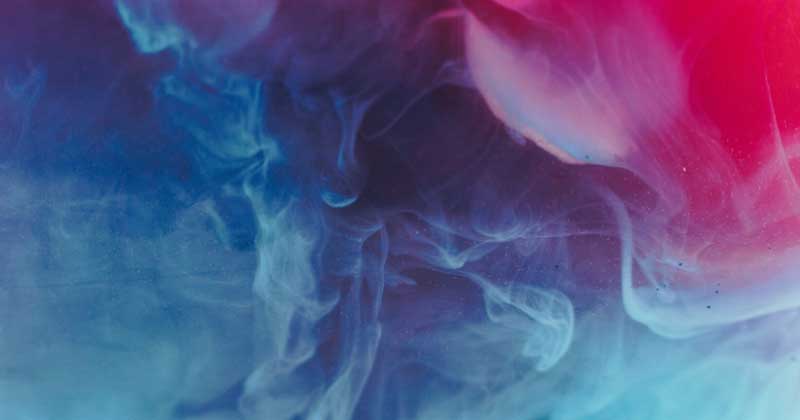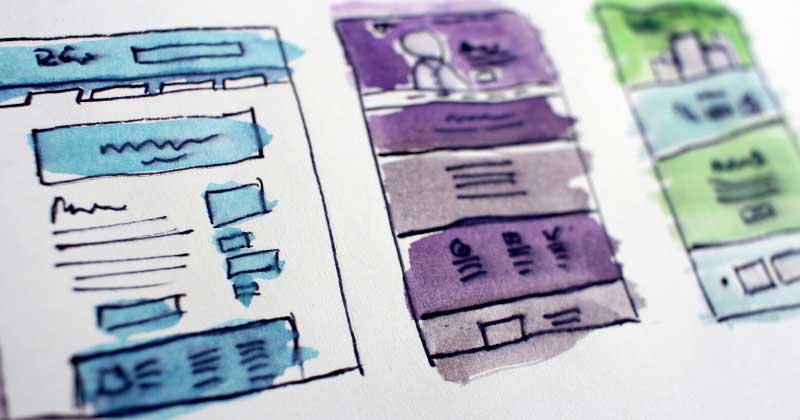
Digital Basics: A Look Into Colors and Branding
Real quick, when you think of McDonald’s, what color comes to your mind? Red and yellow, right? What about Nike? Did you think of a black or white checkmark? What about Gucci? If you thought of a red bar sandwiched between two green bars, you’re not alone.
The point here is that color plays a major role in how we remember brands. People are visually driven – we have been for thousands of years, as an evolutionary means of survival. These days, we don’t use our sight to recognize threats (well, not as much as we used to), but rather we use it to gather information.
This is an important factor in the digital age, where nearly everything is consumed visually.
Color is one of the biggest ways that any entity or personality online can use to distinguish themselves from others.
From the blatant to the subtle, color plays into how we remember brands. There are hundreds of influencers who curate their posts to feature a specific palette, or utilize colored logos to identify themselves immediately to their audience. Companies are just as shrewd with their use of colors as well – for example, coffee chain Starbucks utilizes its trademark green shade on all of its social media accounts, creating a distinct identity that customers instantly recognize.
In short: brand colors are how clients identify you. The more memorable your brand is, the more likely your clients will look for you on their own, which raises your brand value.
So how do you make your brand memorable with colors?
Let’s talk about that.
COLOR BALANCE
Color balance is a specific term that many web design and graphic design professionals are familiar with, but for the purpose of this article, we’re not using it the way the pros do.
Rather, we’re talking about how much of any given color exists in a logo. You see, monochromatic logos are 50% more memorable than multi-colored logos; Nike, Apple, and Twitter’s logos are solid examples of this. The common misconception about monochromatic logos is that they’re just black and white – this isn’t true. A monochromatic logo features only one color, it just happens that a very popular color is black.
This is not to say that multi-colored logos aren’t memorable; it’s just that the more colors are involved, the less likely people will recall your logo accurately. McDonald’s and Gucci have two-colored logos, which are easy enough to remember. But can you recall the Windows logo confidently? What about Google’s logo, or eBay?
You may confidently remember the logo shape, but not the color scheme.
Keep this in mind when you think up a color scheme for your logo, because these colors will directly affect the colors associated with your branding.
COLOR PSYCHOLOGY
It’s not just important to choose your color scheme limited to as few colors as possible, it’s important to choose the right color.
Certain colors are associated with certain emotions. Red is considered a passionate color, blue and pink are calm colors, black and purple are dominant colors, and yellow is a happy color. There are research papers written about the psychology behind the colors we choose and what we associate with them, but the gist is this: color association is deeply ingrained into the human psyche, with specific colors eliciting specific responses and emotions.
Not that it’s uniform across the board, of course. A specific shade of red may be associated with one thing in America, but mean a completely different thing in Russia. Your target demographic may also favor one color over another, especially if you’re targeting by age group; younger audiences prefer brighter colors while older audiences prefer less saturated colors. Identifying your target market can inform your color choices.
COLOR THEORY
Here is where things get tricky: picking complementary colors.
You can’t just make your brand’s website just one color (excluding white, of course) – this will make your website dull to look at, and that’s the worst thing a website can be. You want visitors to your site to stay long enough to be convinced to try out your brand, whether you’re selling a product, a service, a personality, or a message. A boring or eye-hurting website won’t do that.
Reading up on color theory can help.
Color theory, according to Google, is “a body of practical guidance to color mixing and the visual effects of a specific color combination”. In essence, it’s a basic cheat sheet that gives you an idea how colors interact with each other. Effective color theory isn’t just aesthetically pleasing, it also elicits the emotions that you intend from your target demographic.
An example of color theory is the “Christmas combination” – red, green, and white. Look at any number of Christmas greeting cards and you’re bound to find these colors in some combination on at least one of the cards. This is because of the association of the Christmas holiday to this specific combination, in and of itself also an excellent example of color branding.
When used smartly, color theory can elevate your brand’s color scheme from “meh” to “amazing”.
IN SUMMARY
There’s a lot that goes behind the color choices of a brand, and marketers or business owners should be mindful of their choices. A good color combination can highlight your brand and drive more clients towards it, while a poor color combo can drive clients away and make them think your brand is unprofessional.
Digital marketing doesn’t rely on just colors for effective branding, but it wouldn’t hurt to be smart about color choices, either.
Did you like today’s article? Let us know what you think in the comments!




